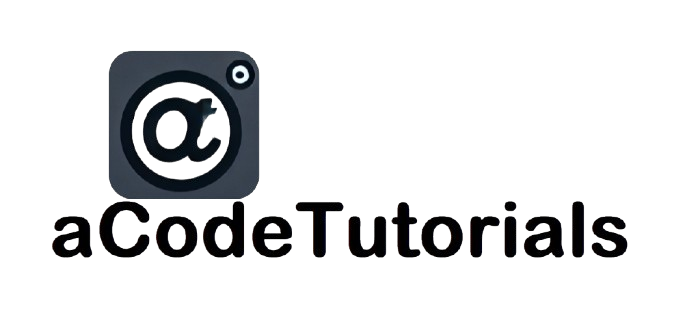HTML <picture> picture tag
The <picture> tag in HTML is used to provide multiple sources for an image, allowing browsers to select the most appropriate image based on the device’s capabilities, viewport size, or other criteria. It is particularly useful for responsive web design, where you want to deliver different images for different screen sizes or resolutions.
Key Features:
- Responsive Images: The
<picture>tag enables you to serve different images based on conditions such as screen size or resolution. - Fallback Mechanism: It provides a way to specify a default image if none of the conditions for the other sources are met.
- Conditional Loading: Helps optimize image loading by providing appropriate image sources for varying device characteristics.
Basic Syntax:
<picture>
<source srcset="image-large.jpg" media="(min-width: 800px)">
<source srcset="image-medium.jpg" media="(min-width: 500px)">
<img src="image-small.jpg" alt="Description of the image">
</picture>
In this example:
- The
<source>elements define different image sources and media conditions. - The
<img>tag provides a fallback image for browsers that do not support the<picture>element.
Attributes:
srcset: Specifies the URL of the image to be used. This attribute can also include a set of images with different sizes or resolutions.<source srcset="image-small.jpg 500w, image-medium.jpg 1000w, image-large.jpg 2000w">This example uses different images for different screen widths, indicated by
500w,1000w, and2000w.media: Defines a media query condition that determines when the specified image should be used. This attribute is optional and is used in conjunction with<source>.<source srcset="image-large.jpg" media="(min-width: 800px)">This example specifies that
image-large.jpgshould be used when the viewport width is at least 800 pixels.type(optional): Specifies the MIME type of the image. Useful for serving different image formats.<source srcset="image.webp" type="image/webp">This example specifies that
image.webpshould be used if the browser supports the WebP format.
Example Usage:
Responsive Images with Different Resolutions:
<picture>
<source srcset="high-res-image.jpg" media="(min-resolution: 2dppx)">
<source srcset="medium-res-image.jpg" media="(min-resolution: 1.5dppx)">
<img src="low-res-image.jpg" alt="A responsive image example">
</picture>
In this example:
high-res-image.jpgwill be used for high-resolution displays (2 device pixels per CSS pixel).medium-res-image.jpgwill be used for slightly lower resolution displays.low-res-image.jpgwill be the default image for other cases.
Use Cases:
- Responsive Design: Serve different images based on screen size or resolution to ensure the best visual quality and performance.
- Retina Displays: Provide high-resolution images for devices with high pixel density to maintain image clarity.
- Different Formats: Serve images in different formats (e.g., JPEG, WebP) depending on browser support.
Styling and Customization:
You can style the <picture> element and its child elements with CSS. However, the <picture> element itself does not have any visual representation—it only serves as a container for the <source> and <img> elements.
picture {
display: block;
width: 100%;
}
img {
width: 100%;
height: auto;
}
Key Points:
- Purpose: The
<picture>tag provides a way to serve different images based on conditions such as viewport size or resolution. - Usage: It is used to enhance responsive design and optimize image loading for different devices.
- Attributes:
srcset,media, andtypehelp define when and which image to display.
In summary, the <picture> tag is a powerful tool in HTML for delivering responsive images. By providing multiple sources and conditions, it allows you to serve the most appropriate image based on the device’s characteristics, improving performance and user experience.
